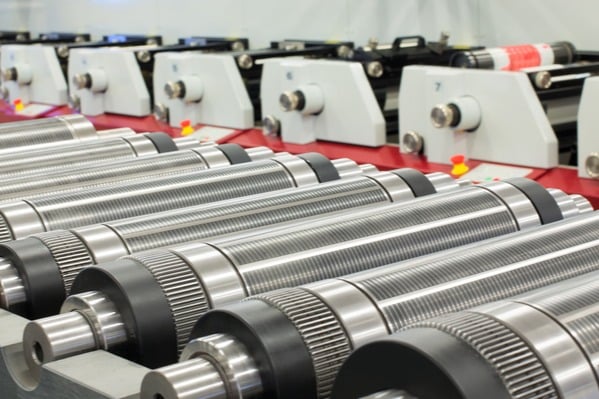Flexo Printing: The Versatile and Cost-Effective Printing Method with Pros and Cons
Flexo printing is a popular printing method used in various industries, including packaging, labels, and newspapers. It is a versatile printing technique that offers many benefits, but it also has some drawbacks. In this article, we will explore the pros and cons of flexo printing.
Pros:
- High-quality printing: Flexo printing produces high-quality prints with sharp and vibrant colors. It is ideal for printing on a variety of substrates, including paper, plastic, and metal.
- Cost-effective: Flexo printing is a cost-effective printing method, especially for large print runs. It uses less ink and produces less waste, which reduces the overall cost of printing.
- Fast printing speed: Flexo printing is a fast printing method that can produce large quantities of prints in a short amount of time. This makes it ideal for high-volume printing jobs.
- Versatile: Flexo printing can be used to print on a variety of materials, including corrugated cardboard, plastic bags, and labels. It is also suitable for printing on uneven surfaces.
- Environmentally friendly: Flexo printing uses water-based inks, which are more environmentally friendly than solvent-based inks. It also produces less waste, which reduces its impact on the environment.
Cons:
- Limited color range: Flexo printing has a limited color range compared to other printing methods, such as offset printing. It is not suitable for printing complex designs or images with many colors.
- Inconsistent print quality: Flexo printing can produce inconsistent print quality, especially on uneven surfaces. This can result in blurry or distorted prints.
- Setup time: Flexo printing requires a longer setup time compared to other printing methods. This can increase the overall cost of printing, especially for small print runs.
- Limited substrate options: Flexo printing is not suitable for printing on certain substrates, such as glass or metal. It is also not suitable for printing on thin or delicate materials.
- Maintenance: Flexo printing requires regular maintenance to ensure consistent print quality. This can increase the overall cost of printing.
In conclusion, flexo printing is a versatile and cost-effective printing method that offers many benefits. However, it also has some drawbacks, such as limited color range and inconsistent print quality. When choosing a printing method, it is important to consider the pros and cons of each method to determine which one is best suited for your needs.

Post Comment